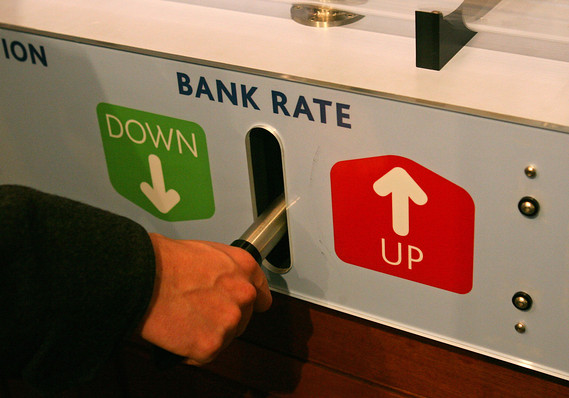 Getty Images
Getty Images
The numbers: Americans paid more for rent, clothes and autos in June, but consumer inflation was largely held in check by falling energy prices. Waning inflation is one of the chief reasons the Federal Reserve is likely to cut interest rates by the end of the month.
The consumer price index rose 0.1% in June, the government said Thursday. Economists polled by MarketWatch had forecast no change.
The increase in the cost of living over the past 12 months slipped to four-month low 1.6% from 1.8%.
Another closely watched measure of inflation, however, was not as tame. The so-called core rate that strips out food and energy jumped 0.3% last month, marking the biggest increase in a year and a half. Higher rents were a big contributor.
The 12-month increase in the core rate edged up to 2.1% from 2%.
What happened: The cost of gasoline, electricity and natural gas all decline last month to keep a lid on inflation. The average cost of a regular gallon of gas nationwide, for instance, fell to $2.65 in June from $2.82 at the end of May.
Food prices were flat.
Yet prices rose for a variety of consumers staples such as rent, apparel, used vehicles, medical care, household furnishings and gardening and lawncare services.
Some of these prices pressures are unlikely to persist, however. The increase in household furnishings, perhaps a byproduct of U.S. tariffs on China, was the largest in 28 years. And clothes prices are still lower now than they were one year ago.
After adjusting for inflation, hourly wages increased 0.2%. They have risen a decent 1.5% in the past year.
Read: Robots are coming for your jobs — Oregon, Louisiana, Texas have most to lose
Big picture: Inflation has eased in 2019 to a 2% rate or less, confounding predictions that a tight labor market and record economic expansion would generate higher prices. Just a year earlier, inflation was running at a nearly 3% pace.
Read: The U.S. economy just entered a record-shattering 11th year of expansion
Lower oil prices have something to do with it, but inflation more broadly has been surprisingly tame. The Fed is widely expected to cut interest rates at the end of July because of worries about low inflation and slower U.S. and global economic growth.
Read: Fed’s Powell says trade worries restraining the economy, hints at rate cuts soon
Market reaction: The Dow Jones Industrial Average DJIA, +0.29% and S&P 500 index SPX, +0.45% were set to open higher in Thursday trades. Stocks have surged to fresh records on relaxed trade tensions with China and expectations the Fed will cut interest rates.
The 10-year Treasury yield TMUBMUSD10Y, +1.05% was little changed at 2.06%.



